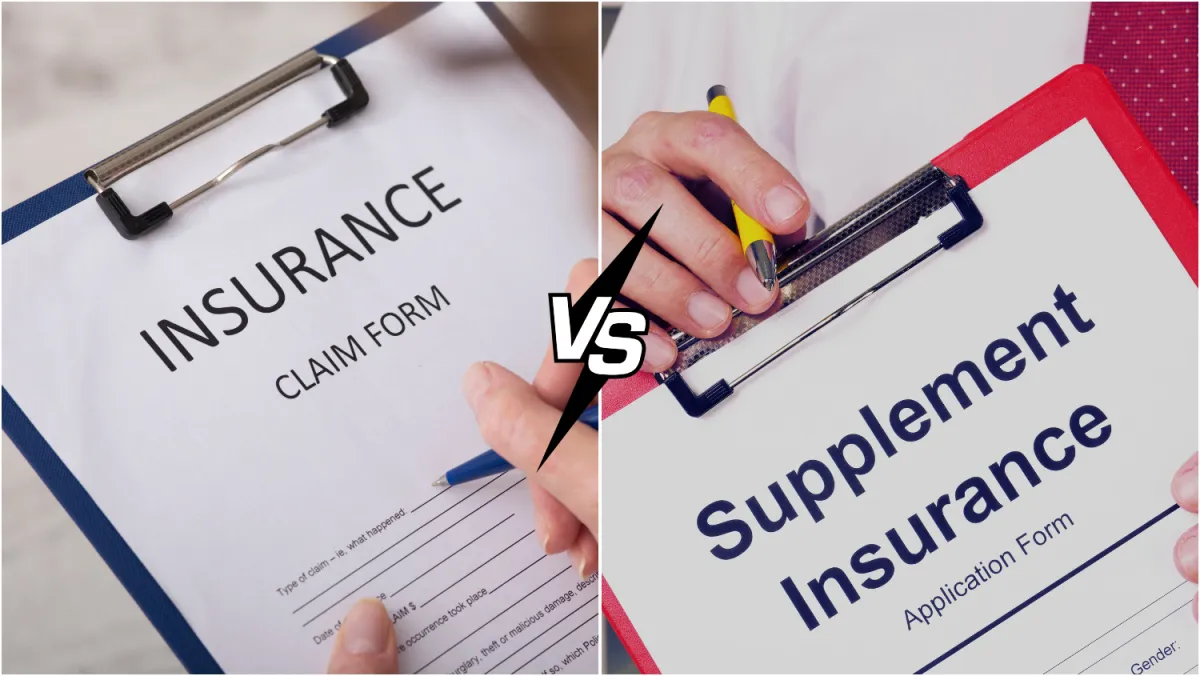
Your First VA Claim vs. a Supplemental Claim: What Veterans Need to Know
Introduction: Don’t File Blind—Know Your Claim Type
A common misconception among veterans regarding VA disability benefits is that the claims procedure is uniform. However, there is a crucial difference between submitting a VA supplemental claim and your initial VA claim. Your recompense could be made or broken by your choice of course.
Veterans might lose time, benefits, and peace of mind if they file their claims alone, which is why we at VBTP help them through every step of the process. We'll explain the distinctions between these two assertions in this article and show you how to choose the best one for you.
1. What Is an Initial VA Claim?
Your first request for disability benefits for a disease associated with your military service is known as an initial VA claim. You are creating a link between your service record and your condition.
What it consists of:
Records of service therapy
Present medical diagnosis
A nexus statement, which links the service to your condition
VA Form 21-526EZ
The VA determines a rating % based on severity after reviewing your application to determine whether your disability is service-connected.
How to file a VA disability claim
2. What Is a VA Supplemental Claim?
When you've already submitted a claim, you use a VA supplemental claim and:
We were rejected, but fresh evidence has emerged.
Want to add more medical evidence to raise your rating?
An error in the prior choice has to be fixed.
VA Form 20-0995 is still used in this process, but you have to provide fresh, pertinent evidence that wasn't accessible when you filed your prior claim.
3. How to Know Which Claim You Should File
Start with an initial claim if this is your first time applying for benefits.
File a supplemental claim if you've been rejected or if you wish to provide proof for an existing ailment.
If you are already rated and your condition has gotten worse over time, you might choose to ask for a rating increase (a separate route—read more in our VA Rating Increase Guide).
4. What Counts as “New and Relevant” Evidence?
Here, the VA is strict. New documentation that could plausibly influence the decision's conclusion must be included in your supplemental claim.
Among the examples are:
A recent medical diagnosis
Revised statements from doctors
Lay statements or buddy letters
Records of services not previously submitted
Your additional claim can be rejected outright in the absence of further proof.
What to Know About “New and Relevant” Evidence
5. How VBTP Can Help You Avoid Mistakes
After one denial, many veterans lose up completely, or worse, they file a supplemental claim without the necessary supporting paperwork.
Here at VBTP, we provide:
Tailored assistance
Claim evaluations and document structure
Strategic advice for appeals, rating raises, and other things
Continued correspondence until your lawsuit is settled
Conclusion: File Smart. File Strong.
Knowing the distinction between a VA initial claim and a VA supplemental claim is crucial, regardless of whether you're filing for the first time or reviewing your claim.
Don't rely on guessing to determine your benefits. For the result you deserve, get professional assistance and a customized plan.
📞 Schedule your free consultation today at vbtp.pro
